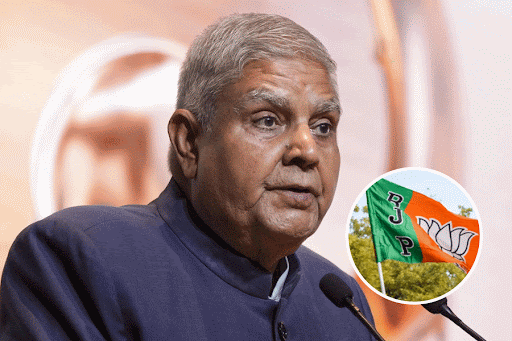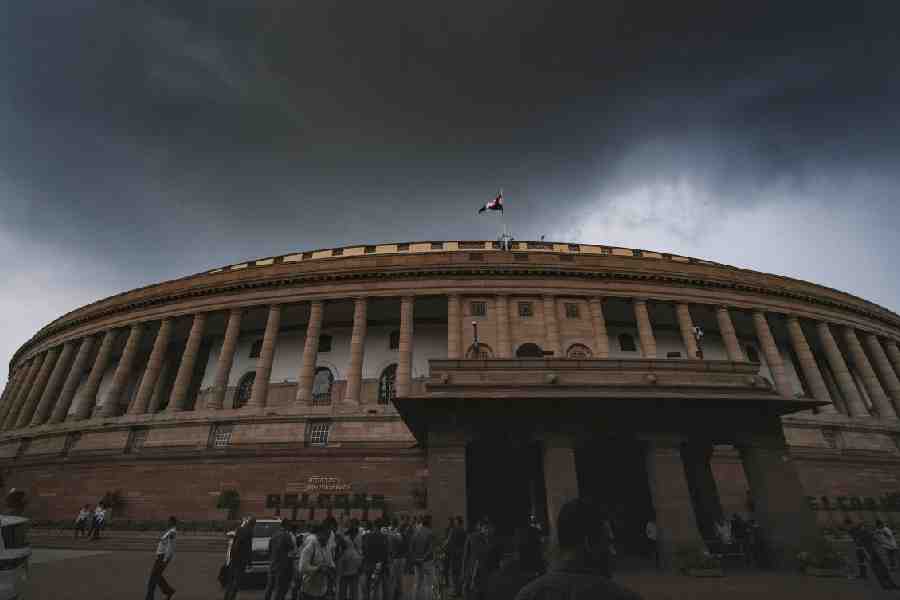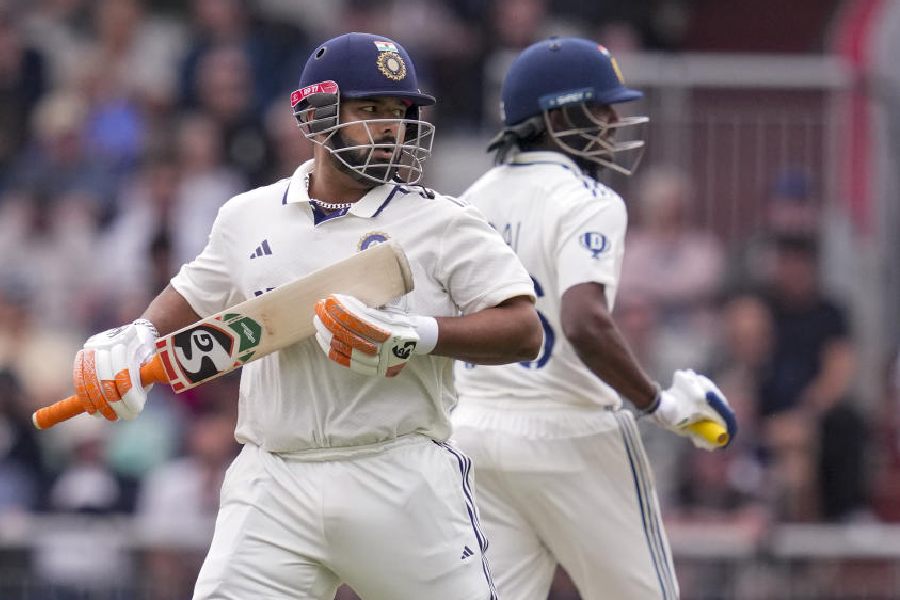
When Sixth Dimension organized a show at Birla Academy, roping in seven artists from six countries apart from India, it ensured eyefuls for the viewer to take in, for the stress was on largeness. Besides, it brought different genres together - photography, digital printing and installations along with paintings and sculptures - which, in today's context of collapsing boundaries between what is and isn't art, is the way to go.
Six of the overseas participants displayed photographs, arguably the fittest medium for electronic transfer. Impressive though the blow-ups were in definition, each was split in four as though they were views seen through window panes. This - rather eccentric - device diminished their impact, particularly in the case of Turkey's Ebru Horoz, whose intuitive sense of place flows from a poise of space and textures. The lithe reticence of her Japanese sensibility marks Miharu Watanabe's Composition, while India's Shamashree Mund is sensitive to the luminous glow of the early sun and the liquid tints of the sky. And flying clouds of dust kicked up by barefoot children come across as a poetic metaphor for childhood in the best frames of Anjan Ghosh.
Dipendranath's mixed media paintings aver his adroit craft. But it's his faux-Bauhaus structure, with shelves of print and a nail-studded chair, that demands attention as it warns, not without grim pride, that art isn't your usual evening entertainment. Deepanjan Sarkar's digital prints with their surreal, vertiginous structures, Babir Das's hefty abstraction and Avedananda Goswami's sturdy bronzes were noticeable as well.
But the two who stole the show were Ziba Vishteh of Iran with her infectious vigour, and Rima Paul of Calcutta. The expert ease with which the little-known Paul induced, into the body of the acrylic, captivating variations - rugged textures and frayed splatters, jagged solidity and pirouetting flux - makes her something of a discovery.










